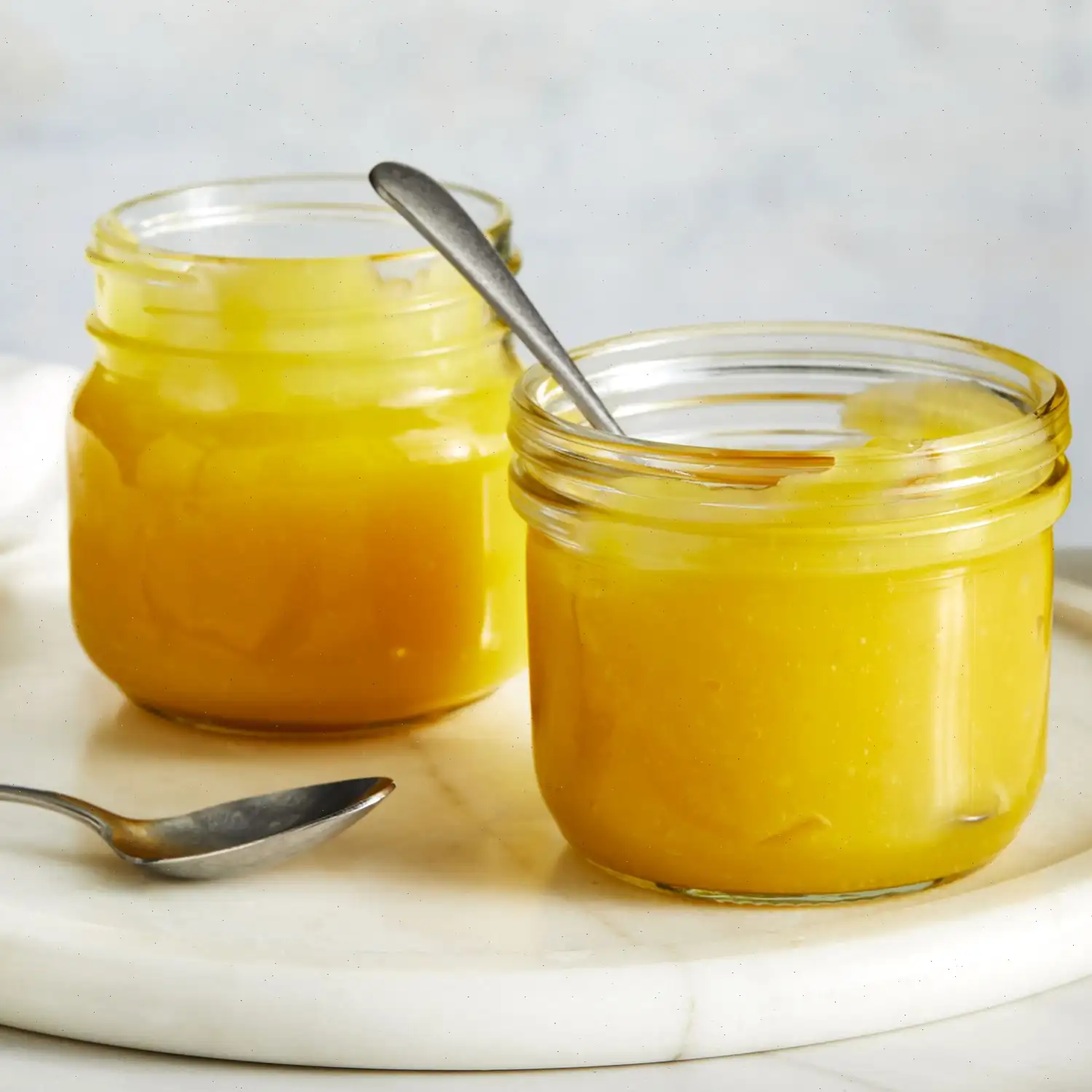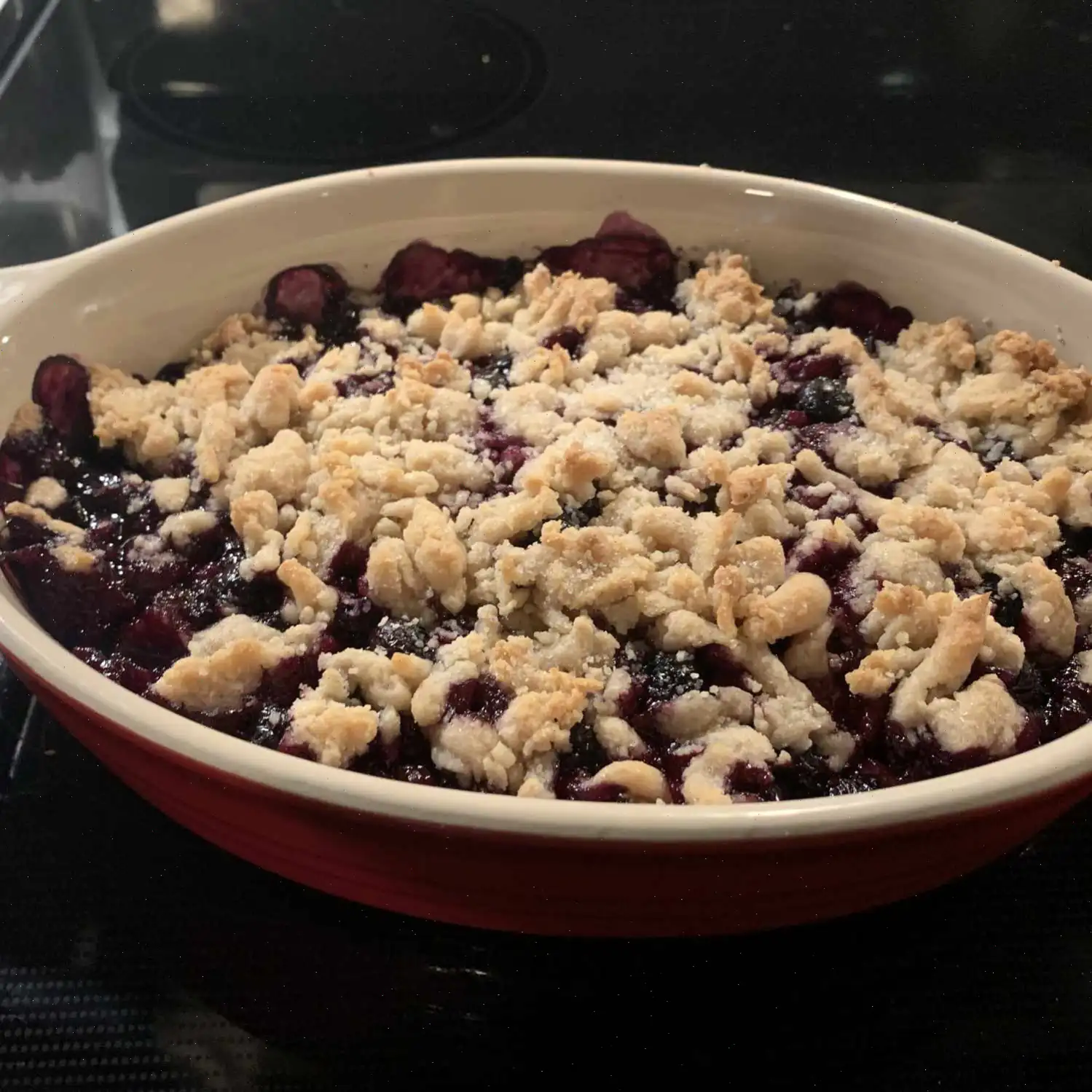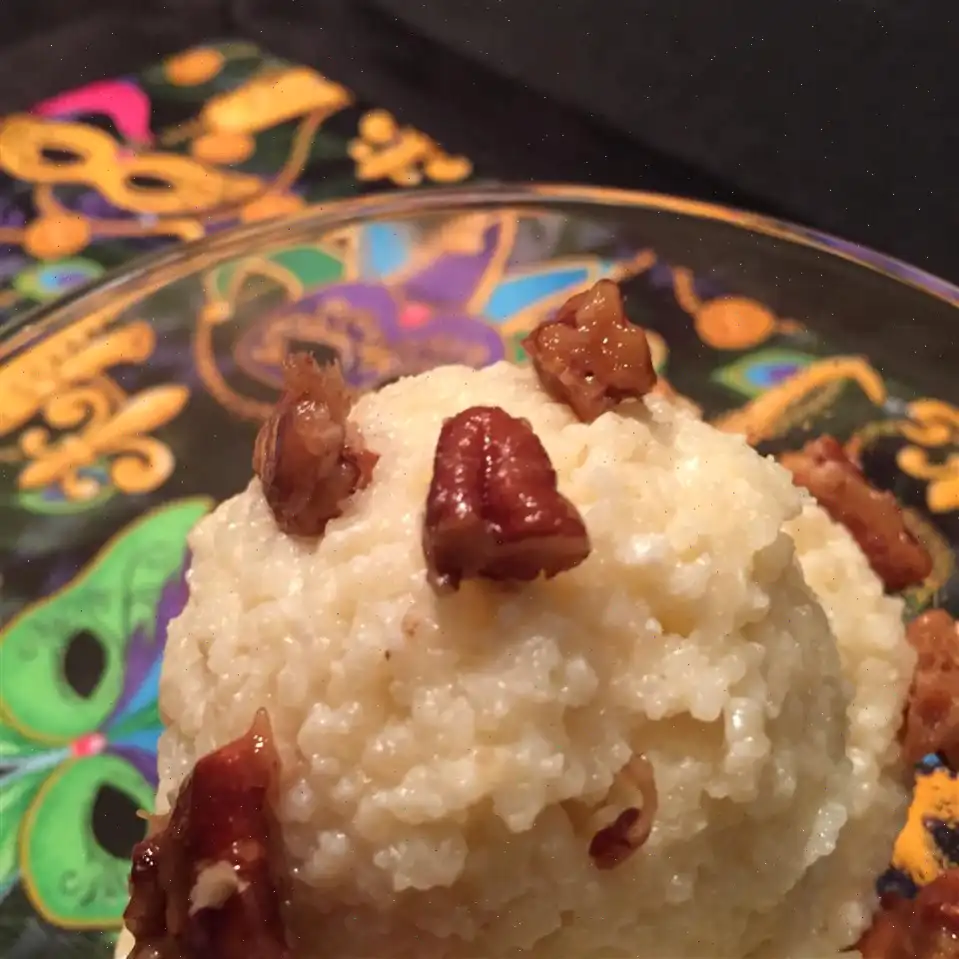
Easy Vegan Lemon Curd Recipe
This refreshing lemon curd made with coconut milk is a perfect balance of tartness and creaminess. Simple to prepare and incredibly versatile, it can be used in a variety of desserts or as a topping for toast and scones.
Ingredients
- cup white sugar
- 2 tablespoons cornstarch
- cup chilled coconut milk
- cup fresh lemon juice
- 2 teaspoons lemon zest
- 3 tablespoons refined coconut oil
- 1 teaspoon ground turmeric
Directions
- Step 1: In a small saucepan, stir together the sugar and cornstarch.
- Step 2: Shake and stir the coconut milk well before adding it to the saucepan along with the fresh lemon juice and lemon zest.
- Step 3: Cook the mixture over medium heat, stirring frequently. Continue cooking until the mixture thickens and coats the back of a spoon, about 6 to 8 minutes.
- Step 4: Remove the saucepan from heat and whisk in the coconut oil and turmeric until fully melted and smooth.
- Step 5: Transfer the lemon curd to a medium bowl and let it chill in the refrigerator until firm, about 1 hour.
Cook's Notes
The lemon curd can be stored in an airtight in the refrigerator for up to 2 weeks. Enjoy this tangy and creamy curd on your favorite baked goods or use it as a filling for tarts and cakes.
Nutrition Facts (per serving)
| Calories | 155 |
| Total Fat | 8g (10%) |
| Saturated Fat | 7g (34%) |
| Cholesterol | 0mg (0%) |
| Sodium | 2mg (0%) |
| Total Carbohydrate | 22g (8%) |
| Dietary Fiber | 0g (0%) |
| Total Sugars | 19g |
| Protein | 0g (1%) |
| Vitamin C | 4mg (4%) |
| Calcium | 4mg (0%) |
| Iron | 1mg (3%) |
| Potassium | 41mg (1%) |
The History of Lemon Curd
Lemon curd has its roots in British cuisine, dating back to the 19th century. Originally, it was made with fresh lemons, sugar, butter, and eggs, creating a rich, tangy spread. Victorian households often prepared lemon curd at home as a way to preserve the bright flavor of lemons, which were considered a luxury ingredient at the time. Over the decades, lemon curd evolved into a versatile accompaniment for cakes, tarts, scones, and pastries. The vegan adaptation, like the one in this recipe, maintains the traditional tart and sweet balance while using plant-based ingredients such as coconut milk and coconut oil.
Regional Variations
While lemon curd originated in Britain, its popularity spread across Europe and North America. In the United Kingdom, it is commonly served on scones during afternoon tea, often paired with clotted cream. In the United States, lemon curd became a favorite filling for pies, tarts, and layered desserts. Regional differences often arise in the choice of citrus: some areas prefer Meyer lemons for their sweeter flavor, while others stick to traditional yellow lemons for a sharper tang. The vegan version is particularly popular in areas with high demand for plant-based desserts, as it preserves the classic texture and taste without dairy or eggs.
Differences from Similar Dishes
Lemon curd is often confused with lemon jam or lemon marmalade, but it differs significantly in texture and preparation. Unlike jam, which contains chunks of fruit and is typically cooked for long periods, lemon curd is smooth, creamy, and thickened with eggs or egg alternatives. It also has a more intense lemon flavor compared to marmalade, which incorporates the peel and has a more bitter, chunky consistency. The vegan lemon curd stands out because it uses coconut milk and oil instead of eggs and butter, offering a slightly lighter, yet equally velvety alternative.
Where Its Commonly Served
Lemon curd is versatile in desserts and breakfast dishes. Traditionally, it is spread on scones, toast, or crumpets. It can also be layered in cakes, used as a tart filling, or swirled into vegan cheesecakes and puddings. In modern vegan and plant-based cuisine, lemon curd is often paired with fruit tarts, parfaits, or as a topping for dairy-free yogurt. Its vibrant, tangy flavor makes it a favorite in both casual and festive settings.
Interesting Facts
- Lemon curd was considered a sign of sophistication in Victorian England due to the rarity and cost of fresh lemons.
- The word "curd" in lemon curd refers to the curdling effect achieved when the mixture thickens, not to the dairy curds found in cheese.
- Vegan lemon curd often uses turmeric to add a natural yellow color without affecting the flavor.
- Despite being a simple spread, lemon curd is rich in vitamin C, making it a tangy but nutritious addition to meals.
- Many chefs experiment with flavor variations, adding ginger, lavender, or cardamom to give the curd a unique twist while keeping it plant-based.








